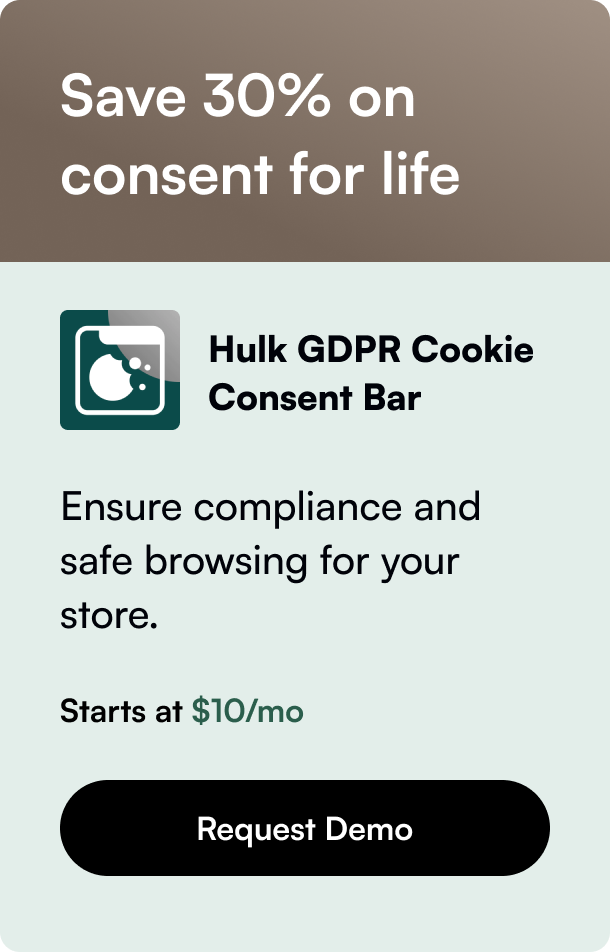Table of Contents
- Introduction
- Why Consider Multiple Dropshippers?
- Integrating Multiple Dropshippers with Shopify
- Best Practices for Managing Multiple Dropshippers
- FAQ Section
- Conclusion
Introduction
Have you ever found yourself pondering the flexibility of your Shopify store in terms of supplier diversity? With the e-commerce landscape evolving rapidly, it’s imperative for online stores to be as dynamic and adaptable as possible. One question that often arises among Shopify store owners is whether they can integrate multiple dropshipping suppliers into their business model. The simplicity or complexity of managing such a system can significantly impact your store's operation, customer satisfaction, and ultimately, the bottom line. In this comprehensive guide, we will navigate the waters of using multiple dropshippers on Shopify, ensuring you have all the information necessary to make informed decisions for your e-commerce venture.
Why Consider Multiple Dropshippers?
Before diving deeper, let's outline a few compelling reasons to consider incorporating multiple dropshippers:
- Product Diversity: Having more than one supplier allows you to offer a wider variety of products, catering to a broader audience and increasing your market reach.
- Risk Mitigation: Relying on a single supplier can be risky. If they face inventory or shipping issues, your entire operation suffers. Multiple suppliers ensure business continuity.
- Competitive Pricing: Different suppliers may offer the same product at varying prices. This enables you to optimize your pricing strategy, improve margins, and remain competitive.
Integrating Multiple Dropshippers with Shopify
Shopify, known for its user-friendly interface and robust functionality, offers several ways to manage multiple dropshipping suppliers efficiently.
Utilizing Shopify Apps
Several Shopify apps are specifically designed to streamline the process of managing multiple suppliers. These apps allow you to connect directly with suppliers, import products to your store with ease, and automate the ordering process. Among the most popular are DSers, Oberlo, and Spocket. These platforms not only facilitate product import but also ensure that inventory levels are up to date and automate the fulfillment process for orders from different suppliers.
Setting Correct Inventory Management
A crucial aspect of working with multiple dropshippers is setting up your inventory correctly. Under the product details section, ensure the 'Inventory managed by' setting reflects the right supplier for each product. This precision is key to successful order automation and maintaining accurate inventory counts.
Shipping Rate Considerations
One of the most challenging aspects of using multiple dropshippers is managing shipping rates, as each supplier may have different rates and shipping options. Creating separate shipping profiles for each supplier within Shopify can help you tackle this challenge. This allows for more accurate shipping charges at checkout, improving the customer experience and preventing any loss on your part due to underestimated shipping costs.
Best Practices for Managing Multiple Dropshippers
To ensure smooth operations and maintain customer satisfaction, consider the following best practices:
- Communicate Clearly: Keep your customers informed about potential differences in shipping times or packages arriving separately when orders involve multiple suppliers.
- Maintain Quality Control: Regularly review the performance of your dropshipping suppliers. Check product quality, shipping times, and responsiveness to maintain high standards.
- Negotiate Terms: As your store grows, leverage your volume to negotiate better prices or faster shipping with your suppliers.
FAQ Section
Q1: Can all Shopify plans integrate with multiple dropshipping suppliers?
Yes, Shopify supports integration with multiple dropshippers across all its plans. The key is using the right apps or manual setups to manage these relationships effectively.
Q2: How do I handle returns with multiple dropshippers?
Returns should be managed according to each supplier's policy. Clearly state your return policy on your site, including how returns are processed based on which supplier the product came from.
Q3: Will using multiple dropshippers complicate my store’s operations?
While it adds a layer of complexity, especially in managing inventory and shipping, utilizing tools and apps designed for Shopify can significantly simplify the process.
Q4: How can I ensure consistent customer service when using multiple dropshippers?
Consistent communication with your suppliers and clear policies on your website are crucial. Consider setting up automated emails to keep customers informed about their orders' status.
Conclusion
Incorporating multiple dropshippers into your Shopify store is not only feasible but can also be a strategic move to grow and diversify your e-commerce business. By leveraging the right tools, adhering to best practices, and maintaining open lines of communication with both suppliers and customers, you can manage the complexities and turn them into a competitive advantage. Whether you're a seasoned e-commerce veteran or a newcomer to the online selling space, understanding and effectively managing multiple dropshipping relationships is key to a successful, resilient business.
Remember, the goal isn't just to sell but to create a seamless shopping experience that keeps your customers coming back for more. With the right approach, using multiple dropshippers on Shopify can help you achieve just that.








